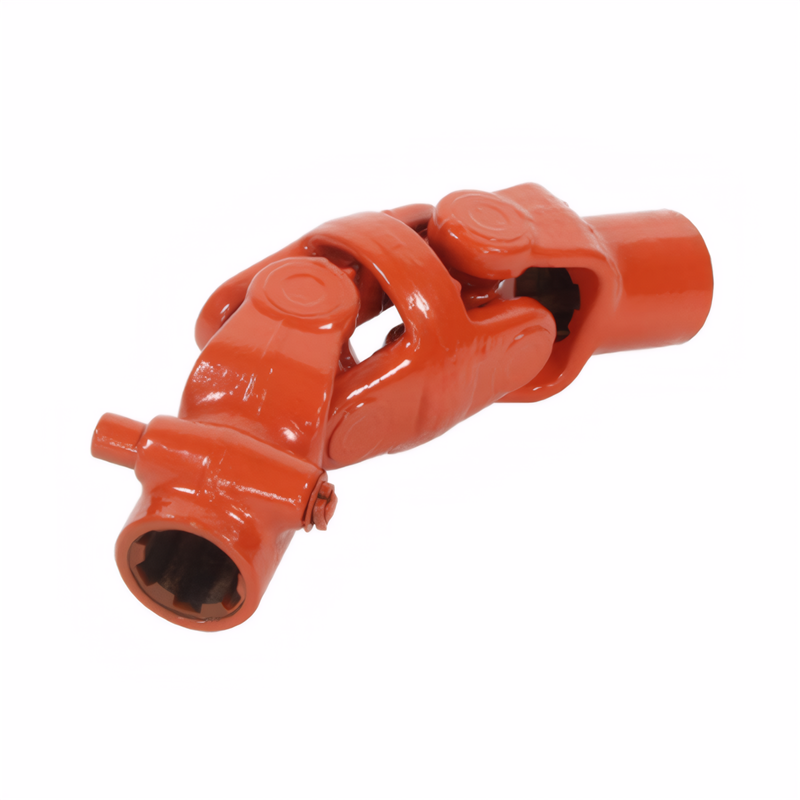The importance of balanced operation of the drive shaft
The Critical Importance of Balanced Operation in Drive Shafts
Drive shafts are essential components in automotive and industrial systems, responsible for transmitting torque and rotational power between engines, transmissions, and driven components. Their balanced operation is not merely a technical requirement but a cornerstone of performance, safety, and longevity. Below, we explore why achieving and maintaining balance in drive shafts is indispensable.
1. Minimizing Vibrations and Enhancing Stability
An unbalanced drive shaft generates excessive vibrations during rotation. These vibrations originate from uneven mass distribution, causing the shaft to wobble or oscillate. Over time, this leads to:
- Component Wear: Vibrations accelerate deterioration of bearings, joints, and seals, increasing the risk of premature failure.
- Noise Pollution: Excessive noise from vibrations reduces driving comfort and can indicate underlying mechanical issues.
- Structural Stress: Continuous vibrations transfer stress to connected parts, such as gearboxes or differentials, potentially causing cracks or misalignment.
By ensuring precise balance, engineers eliminate these vibrations, creating a smoother power transmission process. This stability is critical for high-speed applications, where even minor imbalances can escalate into catastrophic failures.
2. Prolonging Equipment Lifespan
Balanced drive shafts reduce mechanical strain on the entire powertrain system. When vibrations are controlled:
- Bearing Durability: Bearings experience uniform loads, preventing uneven wear and extending their operational life.
- Joint Integrity: Universal or constant-velocity joints maintain consistent angles and rotational forces, avoiding fatigue-induced fractures.
- Lubrication Efficiency: Reduced friction from balanced operation ensures lubricants function optimally, protecting against heat and corrosion.
In industrial machinery, where drive shafts operate under heavy loads for extended periods, balance directly correlates with maintenance intervals and overall system reliability.
3. Ensuring Safety Under High-Stress Conditions
Drive shafts often operate at high speeds or under extreme torque loads, such as in commercial vehicles or heavy machinery. An unbalanced shaft in such scenarios poses severe risks:
- Sudden Failure: Excessive vibrations can cause shafts to fracture, leading to loss of power transmission or even complete system shutdown.
- Loss of Control: In automotive applications, vibrations transmitted to the chassis may impair driver handling, especially at highway speeds.
- Secondary Damage: A failed drive shaft can damage surrounding components, such as exhaust systems or fuel lines, increasing repair costs and downtime.
Balanced drive shafts mitigate these risks by maintaining predictable behavior, even under peak performance demands. This reliability is non-negotiable in sectors like transportation or manufacturing, where safety and uptime are paramount.
4. Optimizing Fuel and Energy Efficiency
Imbalanced drive shafts create parasitic energy losses through friction and vibration. These inefficiencies manifest as:
- Increased Fuel Consumption: Engines must work harder to compensate for vibrational energy loss, raising fuel usage in vehicles.
- Higher Energy Costs: In industrial settings, unbalanced shafts demand more power to achieve the same output, driving up operational expenses.
By contrast, a balanced drive shaft ensures minimal energy waste, aligning with modern sustainability goals and cost-saving initiatives.
Conclusion
The balanced operation of drive shafts is a multifaceted imperative that impacts performance, safety, and economics. From reducing vibrations to enhancing safety margins, every aspect of mechanical design benefits from meticulous balancing. As systems evolve toward higher speeds and heavier loads, prioritizing balance becomes not just a best practice but a necessity for long-term success.
 The design of the drive shaft
The design of the drive shaft
 The importance of balanced ope
The importance of balanced ope
 The manifestations of spline w
The manifestations of spline w
 The correct installation seque
The correct installation seque
 简体中文
简体中文 English
English
